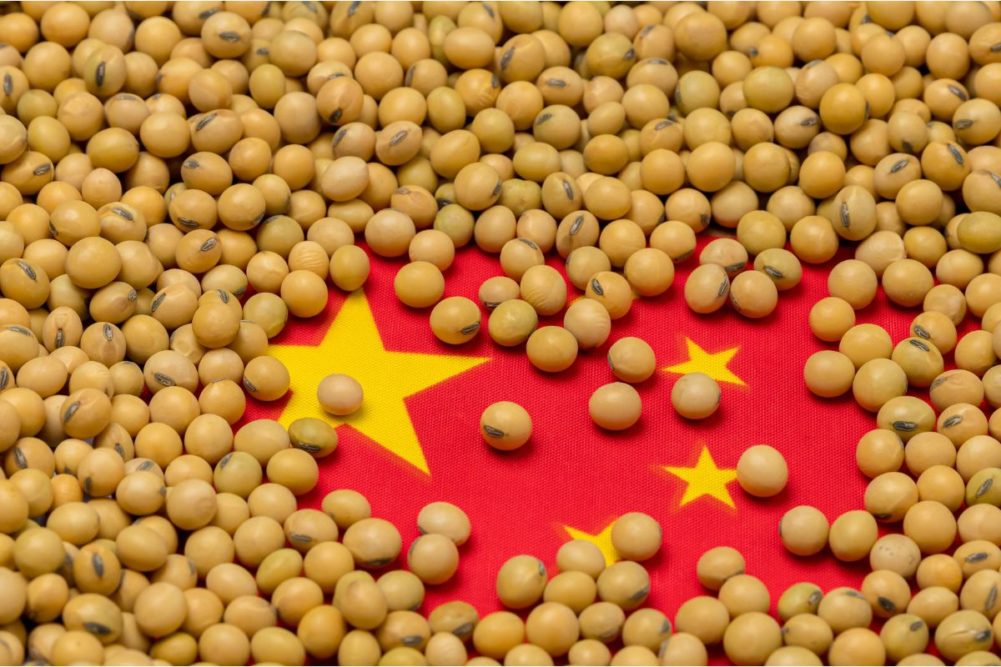BEIJING, CHINA — Rebounding soybean meal and oil demand in China are driving an anticipated increase in imports for the crop, according to a Global Agricultural Information Network report from the Foreign Agricultural Service (FAS) of the US Department of Agriculture.
FAS Post Beijing is estimating soybean imports to reach 98 million tonnes in marketing year 2022-23 and 98.5 million tonnes in 2023-24. The end of COVID-related restrictions, lower prices following a record soybean harvest in Brazil and modest growth in the swine and poultry sectors are expected to increase soybean meal consumption. Both projections are up significantly from the 91.566 million tonnes imported in 2021-22.
Higher subsidies in major soybean producing regions are anticipated to modestly grow planted area and production in 2023-24. The forecasted area of 10.05 million hectares is an increase of 2% over the previous year and driven by government incentives that encourage soybean planting over corn, intercropping, and use of marginal and less productive lands, FAS said.
FAS is looking for China to harvest 19.8 million tonnes of soybeans in 2023-24, up from 19.4 million tonnes the previous year. The country’s total soybean supply is estimated at 148.42 million tonnes.
Rapeseed imports surged to 4 million tonnes in the first eight months of 2022-23 on rebounding demand for oil and strong demand in the aquaculture feed sector. FAS sees total imports reaching 4.8 million tonnes in 2022-23 and 4 million tonnes in 2023-24. Production will dip slightly at 15.4 million tonnes in 2023-24, down from 15.53 million tonnes.
Higher rapeseed supply has increased the forecast for 2023-24 oilseed crushing to 134 million tonnes, up from 132.9 million tonnes in Post’s previous report. The increase is supported by recovery in demand for protein meals in the feed sector. Forecasted 2023-24 soybean crush remains unchanged at 95 million tonnes, which is slightly higher than an estimated 94 million tonnes for 2022-23.
“The slowly recovering economy is expected to increase disposable income and consumption of meats and vegetable oils in 2023,” FAS said. “Losses by swine producers and high feed costs restricted soybean meal use in the first half of 2023. Nevertheless, with the decline in soybean meal prices beginning in March, the feed sector appears to be normalizing the inclusion of soybean in feed production.”



